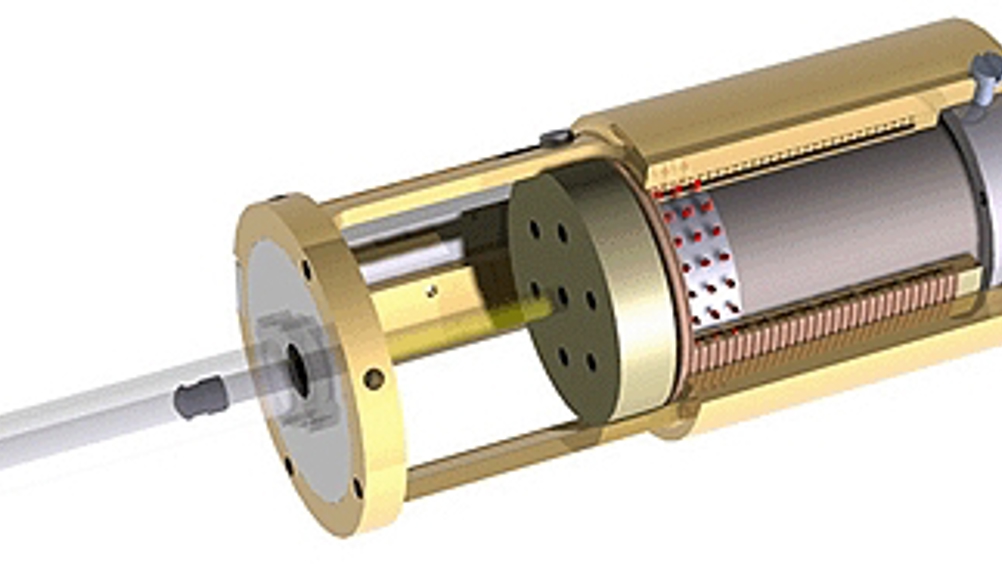MIT research team develops needle-less injection device
MIT researchers have engineered a device that delivers a tiny, high-pressure jet of medicine through the skin without the use of a hypodermic needle.

The device can be programmed to deliver a range of doses to various depths, which is claimed to be an improvement over similar jet-injection systems that are now commercially available.
In a statement the researchers say that among other benefits, the technology may help reduce the potential for needle-stick injuries. A needle-less device may also help improve compliance among patients who might otherwise avoid the discomfort of regularly injecting themselves with drugs such as insulin.
‘If you are afraid of needles and have to frequently self-inject, compliance can be an issue,’ said Catherine Hogan, a research scientist in MIT’s Department of Mechanical Engineering and a member of the research team. ‘We think this kind of technology… gets around some of the phobias that people may have about needles.’
Scientists have already developed alternatives to hypodermic needles; nicotine patches slowly release drugs through the skin but these patches only release drug molecules small enough to pass through the skin’s pores.
Register now to continue reading
Thanks for visiting The Engineer. You’ve now reached your monthly limit of news stories. Register for free to unlock unlimited access to all of our news coverage, as well as premium content including opinion, in-depth features and special reports.
Benefits of registering
-
In-depth insights and coverage of key emerging trends
-
Unrestricted access to special reports throughout the year
-
Daily technology news delivered straight to your inbox










Water Sector Talent Exodus Could Cripple The Sector
Maybe if things are essential for the running of a country and we want to pay a fair price we should be running these utilities on a not for profit...